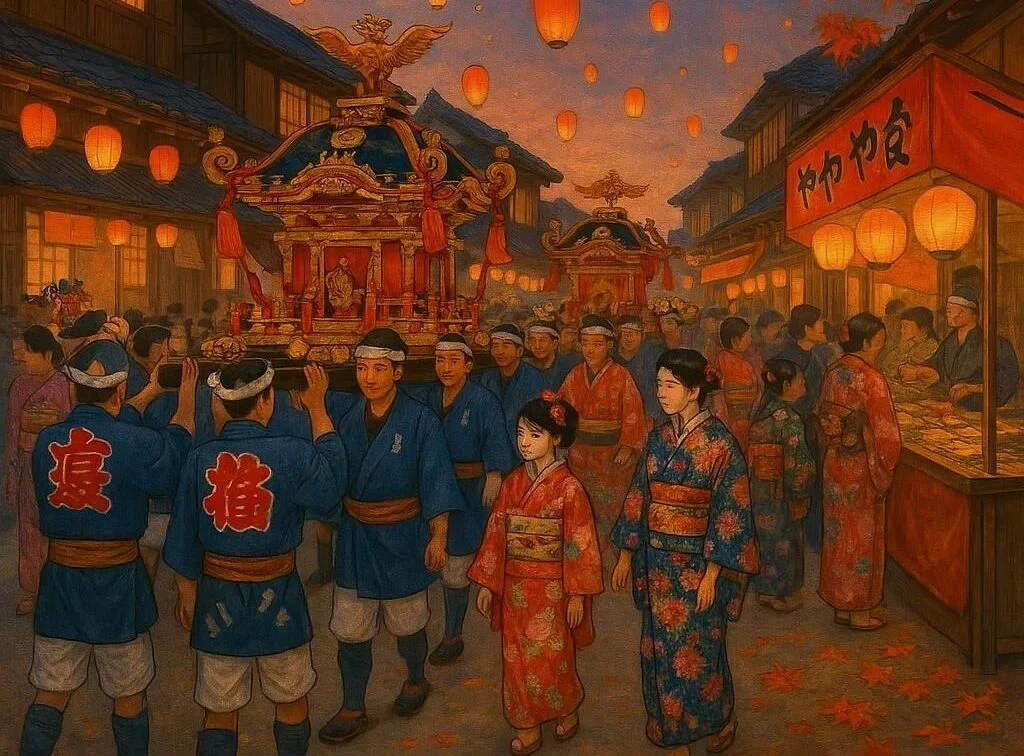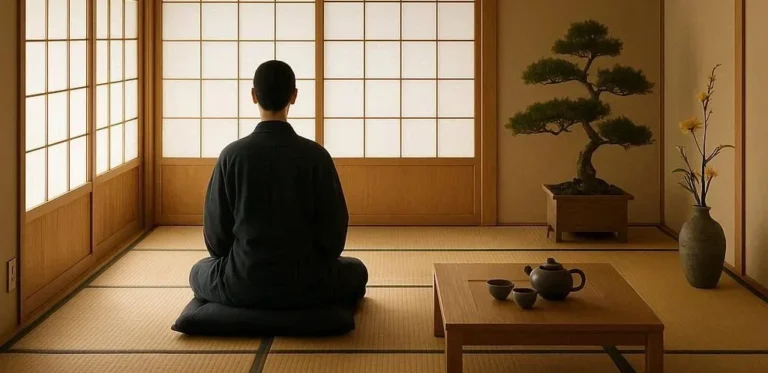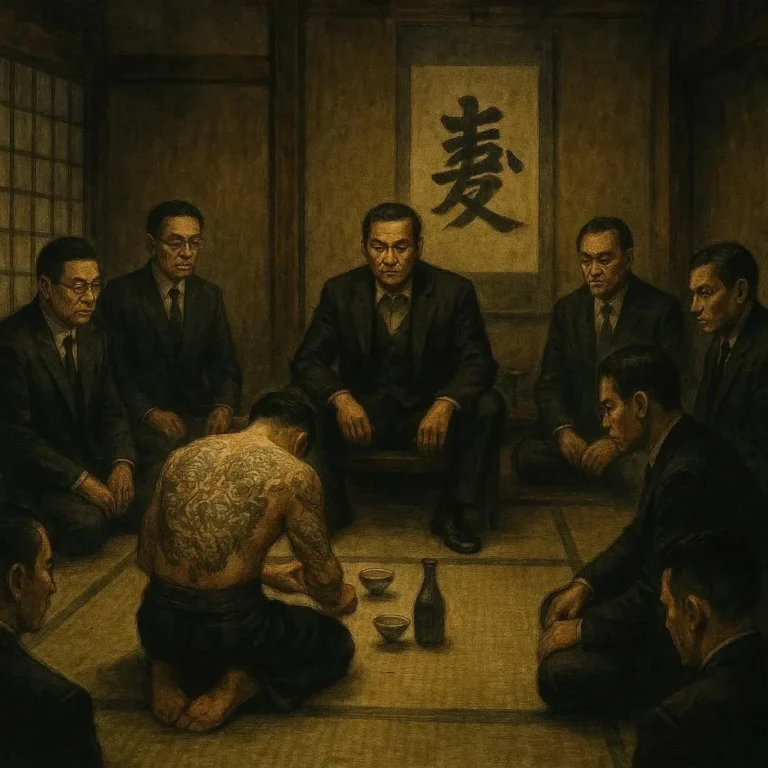505 views The Samurai’s Role in Protecting Japanese Temples and Shrines
Japan’s rich cultural and spiritual heritage is deeply intertwined with its iconic temples and shrines, which have served as the heart of religious, social, and cultural life for centuries. These sacred sites, often nestled in breathtaking landscapes, are not only revered for their spiritual significance but also for their architectural beauty and historical importance. However, these treasures were not always safe from threats. Throughout history, the Samurai, Japan’s legendary warriors, played a crucial role in protecting these sacred spaces from harm. Their duty went beyond mere physical defense; it encompassed a deep sense of honor, loyalty, and respect for the spiritual traditions they safeguarded.
In this blog post, we’ll explore the Samurai’s role in protecting Japanese temples and shrines, delve into their motivations, and uncover the historical context that shaped their relationship with these sacred sites.
The Historical Context: Samurai and Religion
The Samurai class emerged in the late Heian period (794-1185 CE) and became the dominant force in Japanese society during the Edo period (1603-1868). These warriors were not only skilled in martial arts but also steeped in a code of honor known as Bushido, which emphasized loyalty, discipline, and respect for tradition. Religion, particularly Buddhism and Shinto, played a central role in shaping their worldview and sense of duty.
Temples and shrines were not just places of worship; they were also centers of political and cultural influence. Many were associated with powerful daimyo (feudal lords) who built and supported these sites as symbols of their authority and piety. For the Samurai, protecting these sites was not only a matter of physical security but also a way to uphold their lord’s reputation and their own honor.
The Samurai as Guardians of Sacred Sites
The Samurai’s role in protecting temples and shrines was multifaceted. Here are some key aspects of their involvement:
1. Physical Protection Against Threats
temples and shrines were often targets during times of war and political instability. Armies, whether rival daimyo or foreign invaders, sought to destroy these sites to weaken the morale of their enemies and assert dominance. The Samurai, as the protectors of their lords’ domains, were tasked with defending these sacred spaces.
For example, during the Sengoku period (1467-1603), a time of constant warfare, many temples and shrines were burned down or looted. In response, Samurai were stationed at these sites to repel attackers and ensure their safety. The famous Toshogu Shrine in Nikko, dedicated to Tokugawa Ieyasu, was heavily guarded by Samurai during the Edo period, reflecting its importance as a symbol of the Tokugawa shogunate’s power.
2. Maintenance and Financial Support
Protecting temples and shrines wasn’t just about fending off enemies; it also involved maintaining their upkeep. Many Samurai contributed financially to the construction and repair of these sites. Daimyo often allocated funds from their domains to support the temples and shrines under their jurisdiction, and Samurai, as their retainers, played a key role in managing these resources.
Moreover, Samurai would often participate in ceremonies and rituals, further cementing their connection to these sites. Their involvement went beyond a purely practical role; it was deeply personal and spiritual.
3. Symbolic Protection and Spiritual Guardianship
The Samurai’s role extended beyond physical protection to include symbolic and spiritual guardianship. In Shinto, certain sites were believed to be inhabited by spirits (kami), and the Samurai saw themselves as protectors of these divine beings. By safeguarding the temples and shrines, they were, in essence, protecting the divine presence that resided within them.
This spiritual dimension of their role was deeply tied to the concept of giri, or duty, which was a cornerstone of the Bushido code. For the Samurai, fulfilling their duty to protect these sacred sites was not just a professional obligation but a deeply personal one.
The Edo Period: A Golden Age of Protection
The Edo period marked a time of relative peace and stability under the Tokugawa shogunate, but it also saw the continued importance of Samurai in protecting temples and shrines. During this time, the Tokugawa government actively promoted the restoration and maintenance of these sites as part of their efforts to strengthen their legitimacy and consolidate power.
The Samurai class, now in the service of the shogunate, was tasked with overseeing the upkeep of these sites and ensuring their safety. Many Samurai were also involved in the construction of new temples and shrines, further solidifying their connection to these sacred spaces.
One notable example is the rebuilding of the Great Buddha Hall at the Todai-ji Temple in Nara. After the original structure was destroyed by fire, the Tokugawa government, with the support of Samurai retainers, financed its reconstruction. This project not only restored an important cultural landmark but also reinforced the shogunate’s image as a protector of tradition and culture.
The Cultural Significance of the Samurai’s Role
The Samurai’s role in protecting Japanese temples and shrines is more than just a historical footnote; it reflects the deep interconnection between martial duty and spiritual devotion in Japanese culture. By safeguarding these sites, the Samurai were preserving not only physical structures but also the cultural and religious heritage of their nation.
Moreover, the Samurai’s involvement in the protection of temples and shrines highlights the importance of these sites as symbols of national identity. In a time when Japan was going through significant social and political changes, the preservation of these sites served as a source of continuity and stability.
Conclusion
The Samurai’s role in protecting Japanese temples and shrines is a testament to their honor, loyalty, and deep respect for tradition. Beyond their martial prowess, the Samurai were custodians of Japan’s spiritual and cultural heritage, ensuring that these sacred sites endured for future generations.
Today, these temples and shrines remain standing as vivid reminders of the Samurai’s enduring legacy. Their stories, etched into the wooden beams and stone walls of these sacred spaces, continue to inspire awe and respect for the warriors who dedicated their lives to their protection.
As we reflect on the Samurai’s role in safeguarding Japan’s temples and shrines, we are reminded of the importance of preserving our cultural heritage in the face of changing times. Their story serves as a powerful reminder of the enduring value of honor, duty, and devotion.






